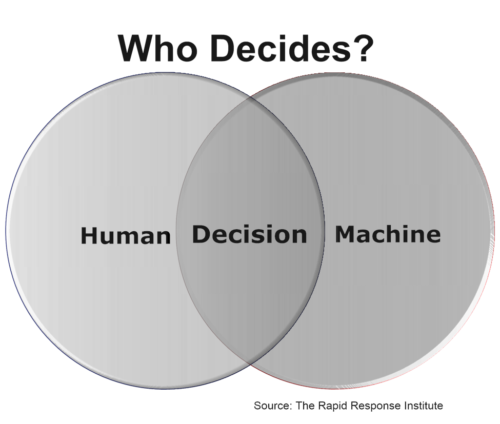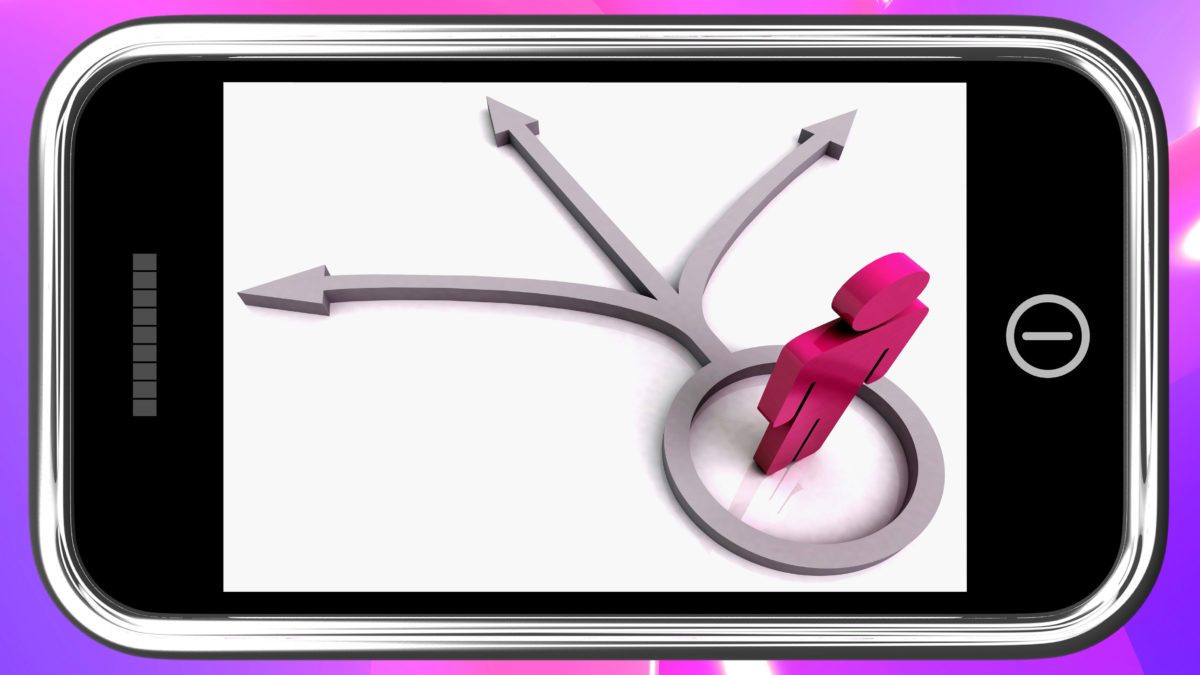“Ergonomics (or Human Factors) is the scientific discipline concerned with the understanding of interactions among humans and other elements of a system, and the profession that applies theory, principles, data and methods to design to optimize human well-being and overall system performance.”
According to Gartner, “Digitalization is the use of digital technologies to change a business model and provide new revenue and value-producing opportunities; it is the process of moving to a digital business.”
The concept of the “Human—Machine Interface” is well established for Industrial Control Systems (ICS) and is the way the human being directs the machine. One wonders; however, if in the age of the Industrial Internet of Things (IIoT) whether this linear relationship is still true?
If the Behaviors of quasi-independent systems are different than that of an ICS, the R B C model suggests that in these new Conditions, the Relationships between the Humans and these new Machines (digital business) will be different as well. If this hypothesis is true, what are the implications going forward?

We routinely let machines make life and death decisions. Common examples include, airliner autopilots, automobile cruise control, and more recently the forthcoming self-driving cars. Moreover, medical procedures are increasingly automated. Boundless other instances exist as well.
When it is appropriate for the human to intercede in automated decision-making processes? What happens in a business setting if the human is wrong?
High Reliability Management
Management is evolutionary, not revolutionary. Each generation and business model builds on thousands of years of human experience.
The current High Reliability Management (HRM) model seems to address these emerging decision problems well. The model consists of five traits:
- Sensitive to operations
- Reluctant to accept “simple” explanations for problems
- Preoccupation with failure
- Defer to expertise
- Are resilient
Applying these traits at the operational level allows the human to focus on the overall set of processes while allowing the machine to make its appropriate decisions. With supervisory expertise coupled with an understanding that failure happens, policy can be set that enables the human to intervene as necessary without career repercussions.
Moreover, IIoT is complex by nature and largely focuses on operational processes. Implicit is the need to respond quickly to events, i.e., resilience.
At the dawn of digitalization, management is already equipped with the tools to manage the largely automated enterprise. How these tools are deployed is the difference from adding shareholder value vs destroying it.
Do Intelligent Machines Have a Culture(s)?
Hollywood has long presented cyborgs and other robotics as human like. While we may be some years from truly independents machines, they do exhibit certain behaviors based on a given set of conditions. This generates a relationship with human administrators.
So, if organizational culture is the ‘way we do things,’ then one can surmise machines do have a culture (somewhat dependent on the human programmers). If this hypothesis is supported, then the era of digitalization must add one more culture to its multi-cultural engagement processes.
What is your Firm’s Decision Model in the Age of Digitalization?
For more information on Cross Cultural Engagement, check out our Cross Cultural Serious Game
https://en.wikipedia.org/wiki/Human_factors_and_ergonomics
https://www.gartner.com/it-glossary/digitalization/
Shemwell, Scott M. (1993). Management Theory—Evolution Not Revolution, Proceedings of the 11th Annual Conference of the Association of Management, 11 (2), pp. 74-78.

